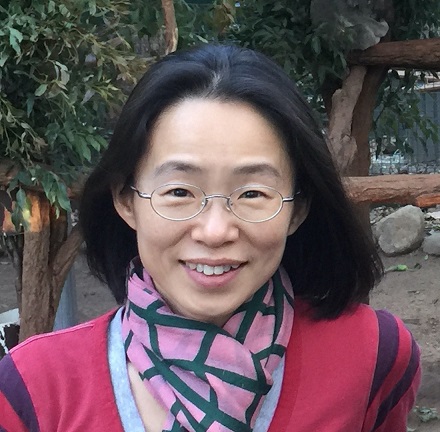
Social inclusion encompasses many dimensions today. Discrimination, physical abuse, hate speech, and slander directed at minorities of various nature are subject to serious public, legal, and reputational condemnation in many parts of the world. Here in KAIST, this semester marks the launch of a committee that aims to instill in KAIST community members a diversity-embracing culture.
The KAIST Herald met with Professor Sukyoung Ryu, head of the KAIST Committee on Social Inclusion, to discuss the brief history, current status, and motivations and future directions of the initiative.
Could you briefly introduce yourself and the committee you lead?
My name is Sukyoung Ryu. I am a professor at the KAIST School of Computing and the head of the KAIST Committee on Social Inclusion. We have set three objectives for the committee. First, we want to create a culture that embraces diversity. Second, we want to make KAIST a place safe from different kinds of violence. Third, we want to function as an umbrella organization of existing human rights organizations for handling and aiding victims of violence cases, should they arise.
What is the history behind the establishment of the committee? What prompted its founders to materialize their idea?
It’s worth noting that, while I’m a KAIST professor, I was also a KAIST student in the batch of 1991. Some of the wrongdoings and abuse cases I witnessed in my student years surprisingly still exist today, and I found myself surprised by how much of a difficult time students and professors are having in trying to understand each other. When I first returned to KAIST as a professor, I was still looking at things from a student’s perspective, but then I eventually realized that each and every student just has their own story to tell. Then it occurred to me that it would be best if we all try to understand each other and promote a happier campus. What really gave me the push was an incident last year, after which I felt that the university could not properly protect the victims of violence. So a number of professors and I put up a team effort, together with the Graduate School of Science Technology and Policy, and initiated a study on campus-wide policies to better protect victims of violence and to prevent such cases. The result of the study suggested an implementation of a committee to streamline the creation of an inclusive culture, the handling of violence cases, and the construction of a systematic effort in protecting victims of violence.
In what ways can the idea of social inclusion be misused/abused? Do you believe that some things do not deserve social inclusion? What advice would you give to KAIST students for them to be able to tell what should be socially embraced and what shouldn’t?
The answer to that would be twofold. First, we are well aware that social inclusion, when taken to an extreme, could verge on a devil’s advocate argument of “include everything and everyone”. For instance, at the embryonic stages of the committee, we have had people vying for a social inclusion of pedophilia, “in parallel with” the socially inclusive tendencies towards sexual minorities. Now, the lowest criterion that we could set for social inclusion would be the legal terms. Since pedophilia is illegal, we can safely set that aside when discussing social inclusion. Second, we recognize the difficulty in striking the balance when we’re within the legal boundaries. I’ve heard that students of a certain religion at a university abroad asked for a rescheduling of their class time in order to abide by their religious custom of praying at a specific time of the day. While such a request is not illegal, granting it would be problematic if other students in that class start complaining and calling out reverse discrimination. We’re here to help the community reach a consensus as to how much we should embrace. We see a long road ahead, and we believe in a long-time sustainable effort.
What are the committee’s next steps in achieving its goals?
We have gathered some ideas from the survey we have conducted, and our immediate next step would focus on the promotion of our identity and existence. The survey results also indicate students’ mistrust in and/or ignorance of existing human rights support institutions within the campus. As such, we will use various means, including stickers at restroom booths, to make the committee known. Then, the eight members of the committee will work together to accomplish the said objectives. So far, we have dozens of supporters and we’re looking for more.

